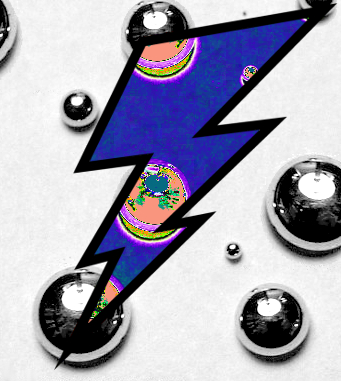Big funds for hydrogen
 Mining magnate Andrew Forrest could be one of the federal budget’s biggest winners.
Mining magnate Andrew Forrest could be one of the federal budget’s biggest winners.
Labor has announced a $2 billion plan to make green hydrogen production cheaper.
Its ‘Hydrogen Headstart’ project is designed to accelerate development of Australia’s hydrogen industry, catalyse clean energy industries, and help Australia connect to new global hydrogen supply chains. The funding includes:
-
$2 billion for the establishment of a new Hydrogen Headstart program, which will provide revenue support for investment in renewable hydrogen production through competitive production contracts, including funding for the Australian Renewable Energy Agency and the Department of Climate Change, Energy, the Environment and Water to support the development and operation of the program
-
$5.6 million in 2023-24 to analyse the implications for Australia of intensifying global competition for clean energy industry, and to identify actions before the end of 2023 to further catalyse clean energy industries, ensure Australian manufacturing competitiveness and attract capital investment
-
$2 million over two years from 2024–25 to establish a fund to support First Nations communities to engage with hydrogen project proponents and planning processes
‘Green’ hydrogen is a type of hydrogen fuel that is produced using renewable energy sources to power electrolysis - splitting water into hydrogen and oxygen using an electric current.
Green hydrogen is gaining momentum as a key component of the transition to a low-carbon economy. Its use can help reduce greenhouse gas emissions and improve energy security by diversifying the sources of energy.
However, its production is still relatively expensive compared to hydrogen fuel created using fossil fuel power.
One of the major proponents of hydrogen fuel production in Australia has been Andrew Forrest’s Fortescue Future Industries.
Former Reserve Bank of Australia deputy governor and Fortescue Future Industries director Guy Debelle says the Hydrogen headstart program is “a great first step”.
“It shows the government recognises the importance of the green hydrogen economy. It’s about future prosperity and decarbonising the economy,” Dr Debelle said.
“For too long, Australians were left behind as the rest of the world moved to take advantage of the economic opportunities that come with action on cleaner, cheaper energy,” Climate Change and Energy Minister Chris Bowen said.
“In the global race for new energy jobs and investment, we were falling behind the pack,” he said.
“Our regions need to be supported to harness their immense potential, build new industries and create jobs – because the regions that power Australia today will be the regions that power Australia tomorrow.”
While details are still unclear, some have suggested that the investment will be in the form of a “production credit” of several dollars, which would make green hydrogen competitive with fossil fuel alternatives. These credits could become a magnet for investment, spurring companies to take on new projects that might not otherwise be commercially viable.
The scheme is reportedly intended to be complementary to a decision in February to “refresh” Australia’s four-year-old national hydrogen strategy.
The funding will be locked in the budget’s “contingency reserve” until more details are worked out.
The hydrogen scheme has been seen as a direct response to the recent US Inflation Reduction Act, which is allowing green hydrogen to be produced inexpensively in the US, putting pressure on Australia to develop its own industry.







 Print
Print